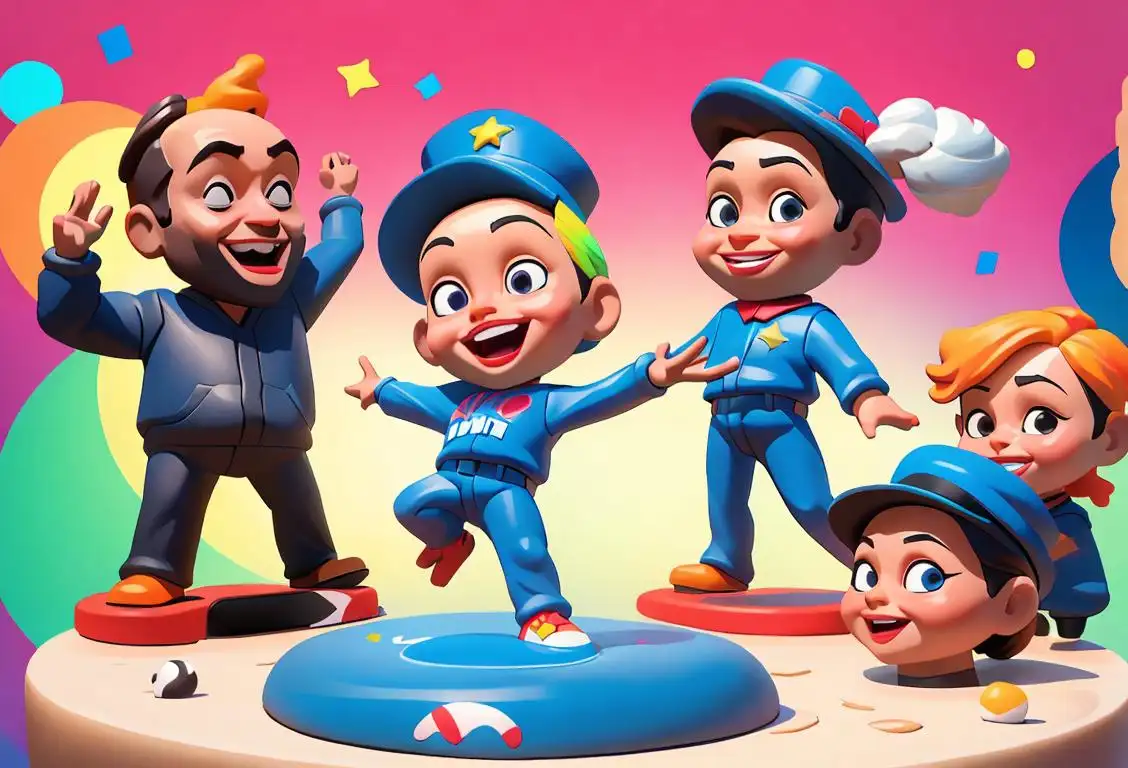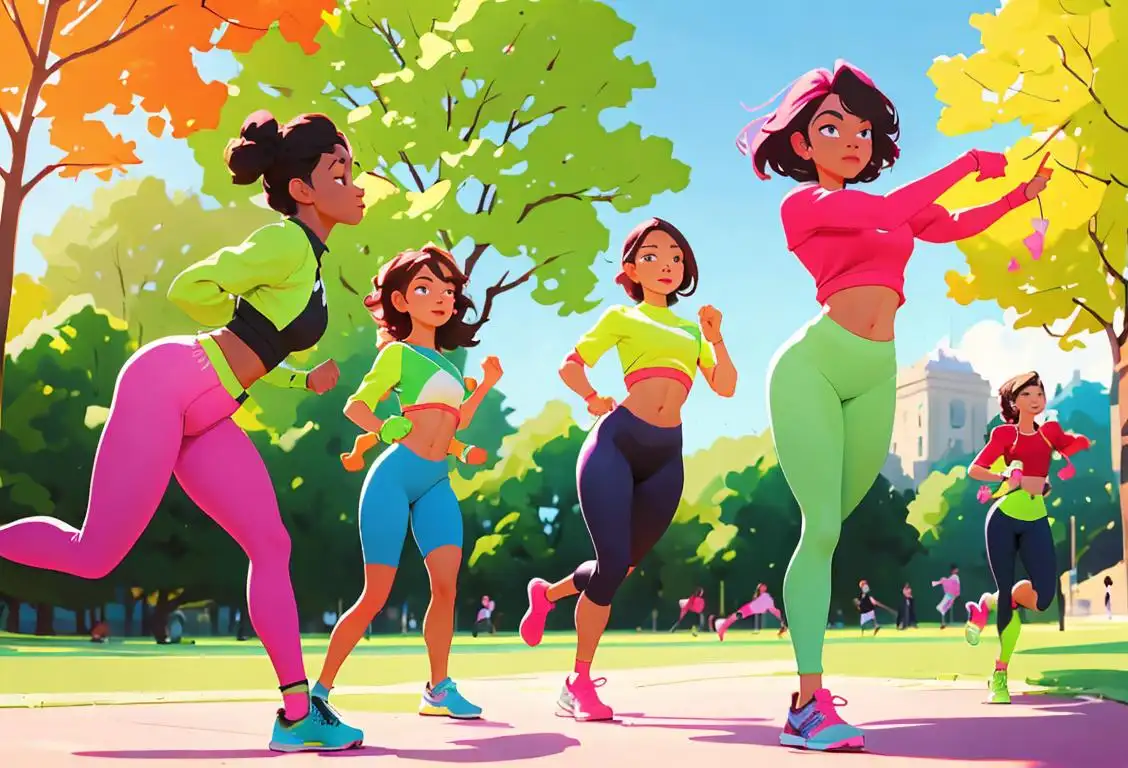National Gymnastics Day

Whether you're more of a Nadia Comăneci or your gymnastics skills end at a fairly shaky cartwheel, join us in a standing ovation for National Gymnastics Day! This action-packed day gets handsprings of joy from gymnastics fans across the globe, celebrating the skill, strength, and spandex that make the sport so unforgettable.
When is Gymnastics Day?
It's national gymnastics day on the 19th September.
The Rings Around National Gymnastics Day
According to the digital rumor mill, National Gymnastics Day somersaulted onto the scene with a noteworthy 19809 mentions online. The Internet could barely contain its excitement and 19th September 2015, won the gold medal for the most mentions!
Why a National Day?
Gymnastics, with its captivating combination of grace and grit, has a unique power to mesmerize audience. In a world where we're often stuck to our couches watching Netflix, it's a holiday that inspires us to up our fitness game or, at the very least, applaud those who can actually pull off a pommel horse routine without crying.
The Flips and Tumbles of Celebration
From learning the basic moves to watching awe-inspiring gymnastics displays, everyone can get involved in National Gymnastics Day. Grab a piece of floor, swing into a plié (or just a leisurely stretch!) and celebrate in style.
The Twist in the Tale
Gymnastics is not simply about somersaults and balances. It's a sport that symbolizes strength, balance, and dedication - a perfect reason why it deserves a day of its own. Remember, even if you can't make it to an actual gymnasium, you can always enjoy the thrill of watching high-flying gymnastics performances online.
History behind the term 'Gymnastics'
5th century BC
Ancient Greek Roots
Gymnastics has its origins in ancient Greece, where it was an integral part of education and physical training. The term 'gymnastics' comes from the Greek word 'gymnazo,' meaning 'to train naked,' as athletes would often practice without clothing. In this era, gymnastics encompassed a wide range of physical activities, including running, jumping, wrestling, and even military training.
1800s
Modern Gymnastics
During the 19th century, gymnastics experienced a revival and transformation. In 1811, Friedrich Ludwig Jahn, often referred to as the 'father of gymnastics,' opened the first gymnastics school in Germany. Jahn emphasized the development of strength, flexibility, and balance through various exercises and apparatus. This marked the beginning of modern gymnastics as a structured discipline.
1881
Formation of FIG
In 1881, the International Gymnastics Federation (FIG) was founded. The FIG aimed to promote and govern gymnastics as an international sport. It established rules and standardized scoring systems for various gymnastics disciplines, such as artistic gymnastics, rhythmic gymnastics, trampoline, and tumbling. The FIG played a crucial role in the global recognition and growth of gymnastics as a competitive sport.
20th Century
Olympic Inclusion
Gymnastics became an integral part of the modern Olympic Games. The discipline made its Olympic debut in 1896, and women's artistic gymnastics was introduced in 1928. The Olympics provided a platform for gymnasts to showcase their skills and athleticism on a global stage, further popularizing the sport and inspiring countless individuals to take up gymnastics as a passion or profession.
21st Century
Evolution and Innovation
In recent years, gymnastics has continued to evolve with new innovations and techniques. Gymnasts constantly push the boundaries of human capability, executing awe-inspiring maneuvers and gravity-defying stunts. The advent of technologies, such as slow-motion replays, has allowed for a deeper appreciation of the incredible skills displayed by gymnasts. Gymnastics remains a popular and beloved sport worldwide, captivating audiences with its blend of strength, artistry, and athleticism.
Did you know?
Did you know gymnastics not only enhances physical health but also aids in improving concentration and mental focus? So next time you're sighing at the sight of those leaps, just remember- it's the brain muscle that's quietly flexing!Tagged
awareness fun rememberance sports fitnessFirst identified
15th June 2015Most mentioned on
19th September 2015Total mentions
19809Other days
Gymnastics Day
Trivia Day
Bobblehead Day
Bike To Work Day
Memorial Day
Happiness Day
Fitness Day
Cancer Survivors Day
Left Handers Day
Opposite Day








